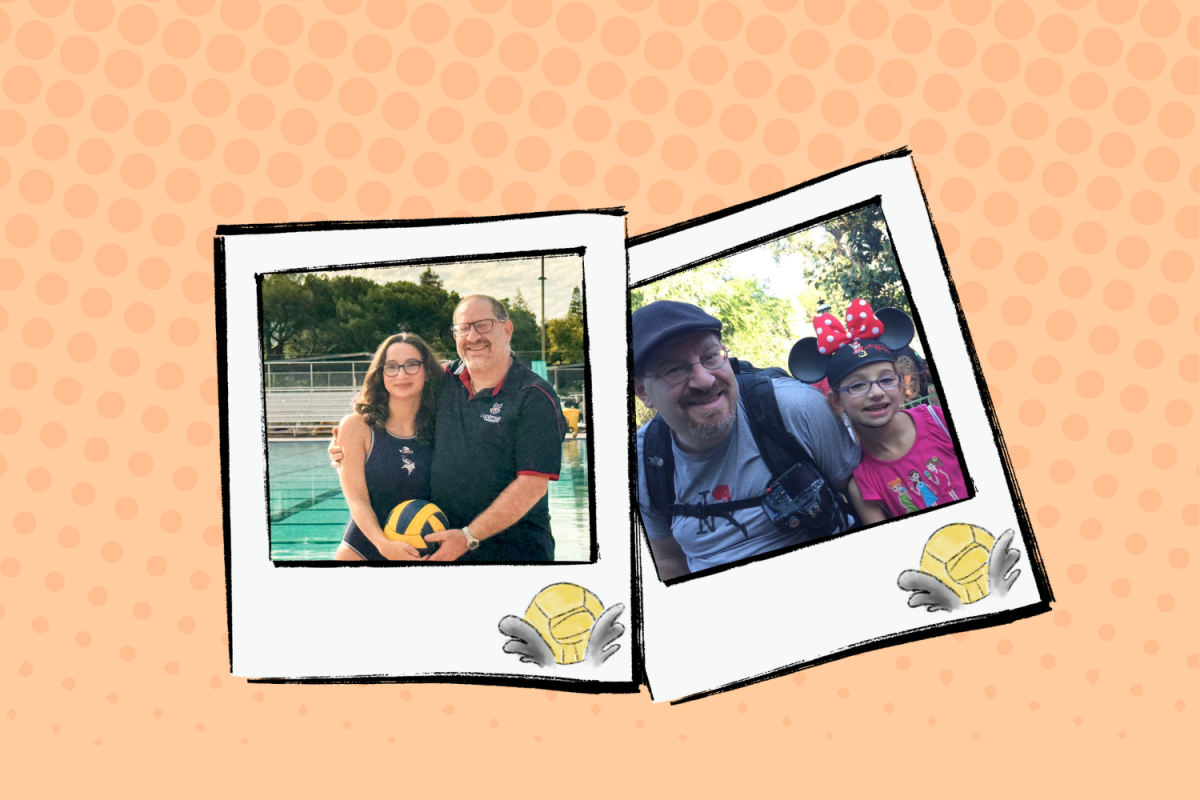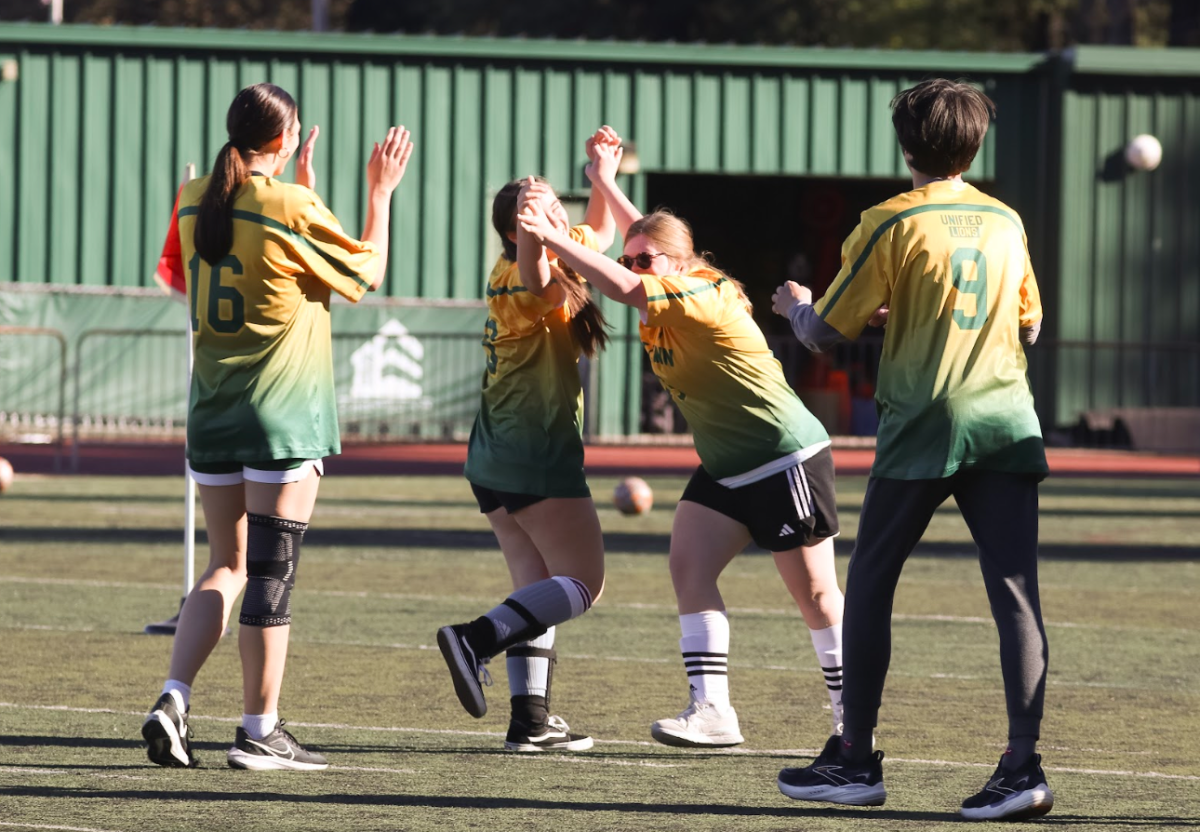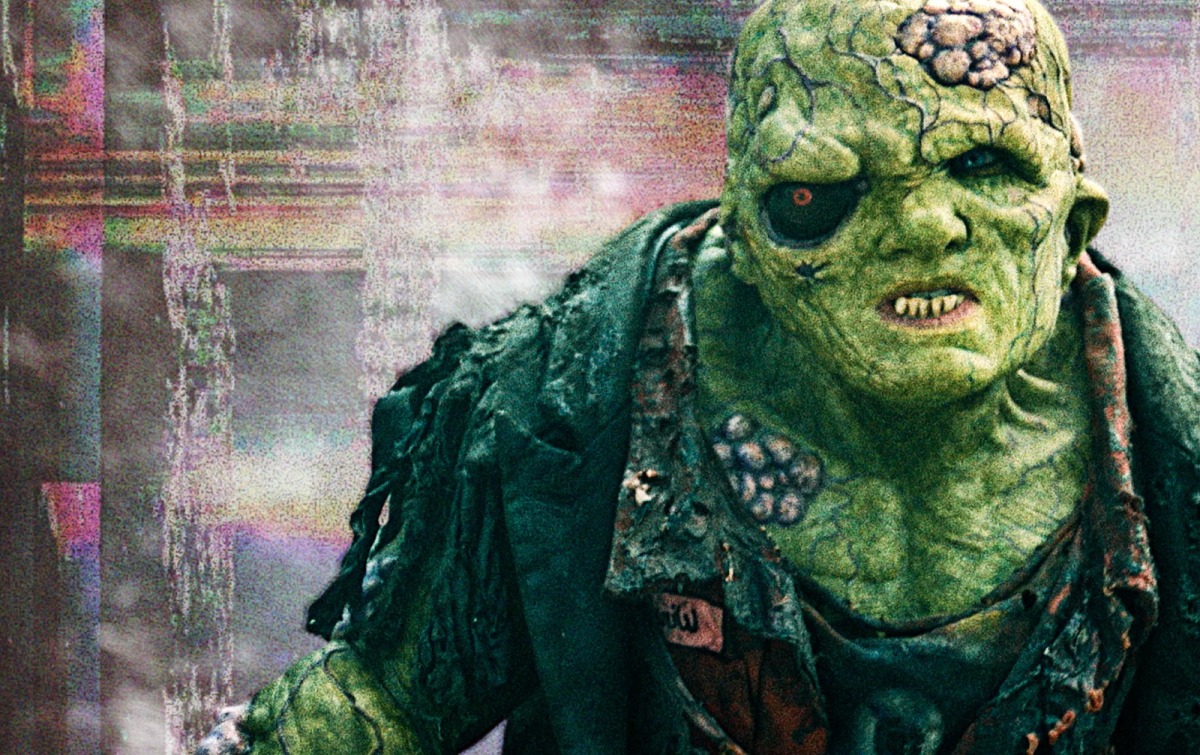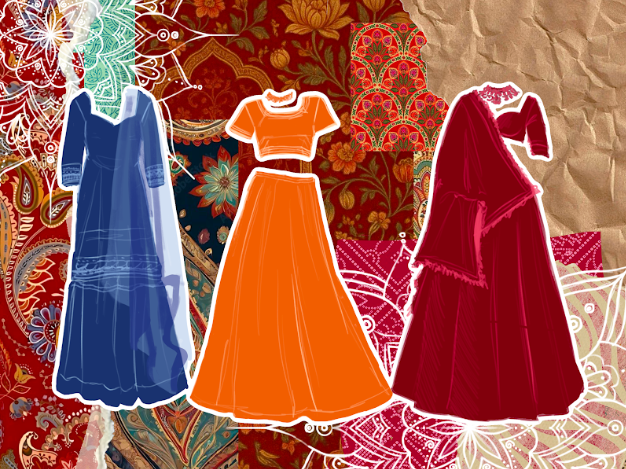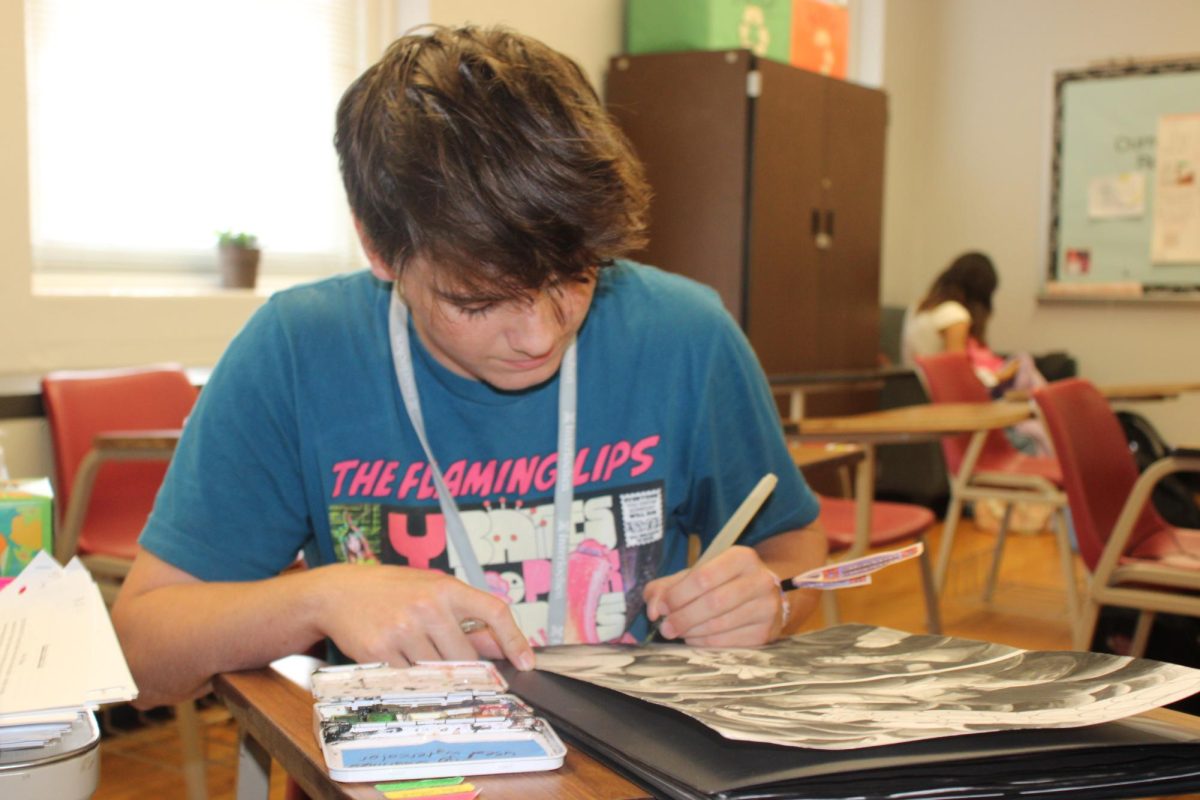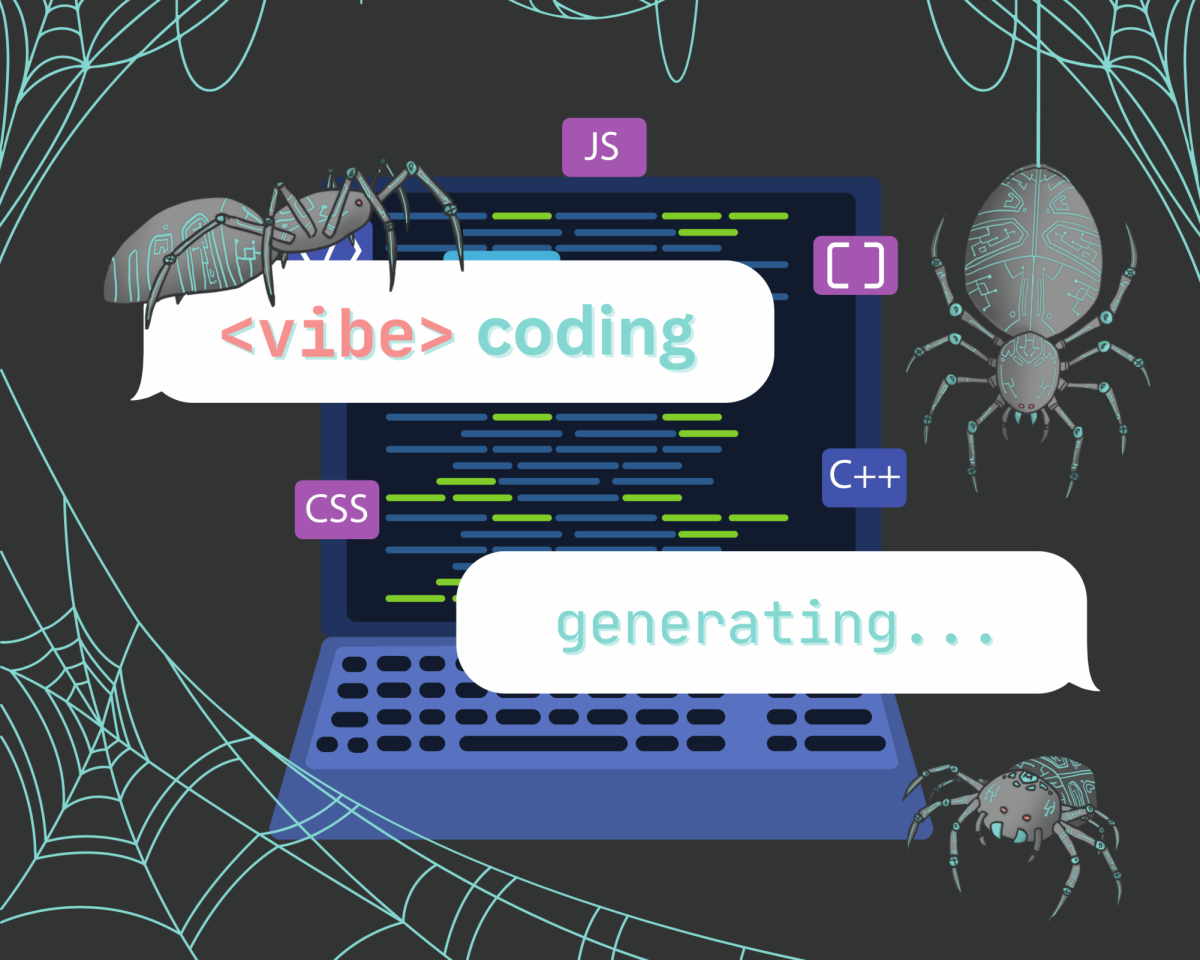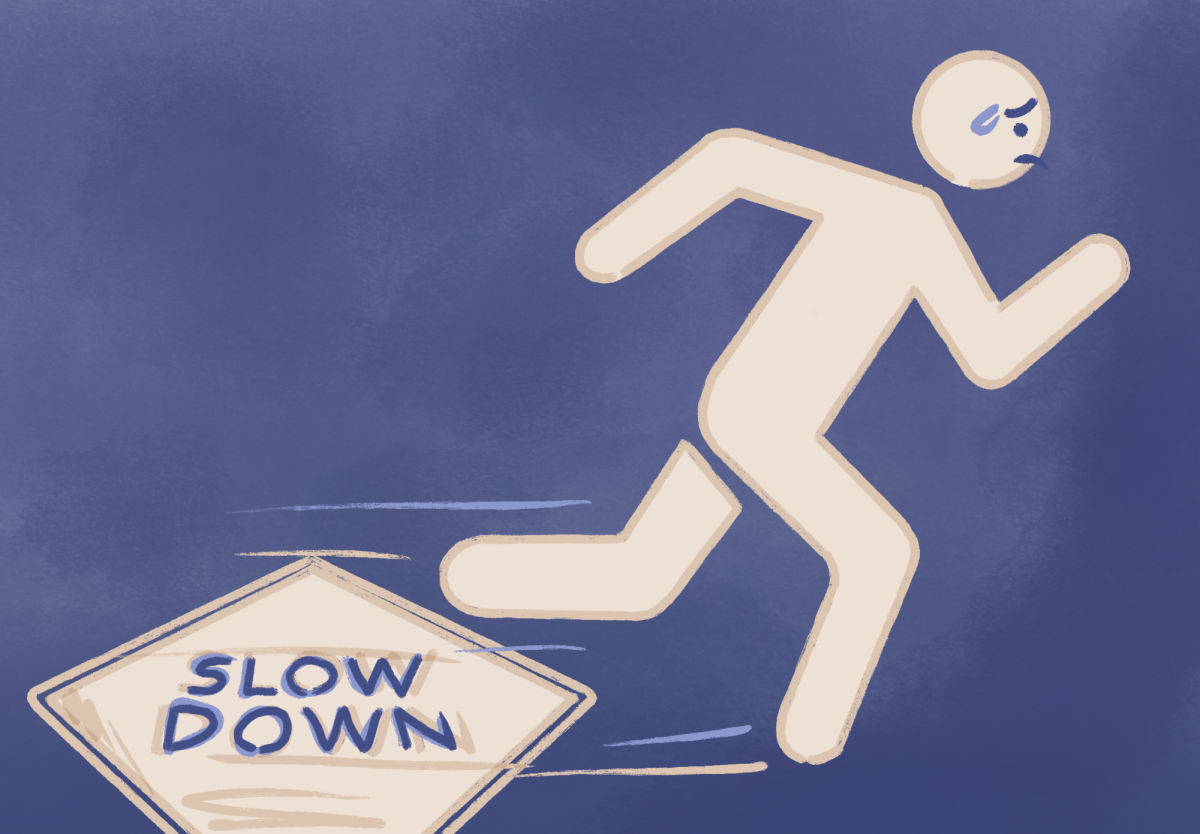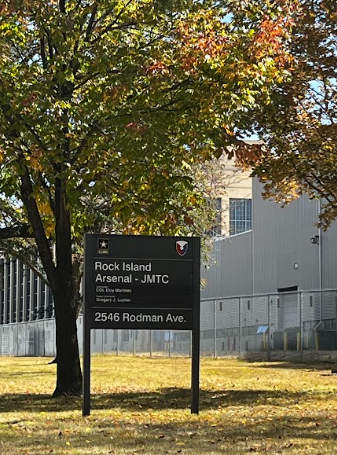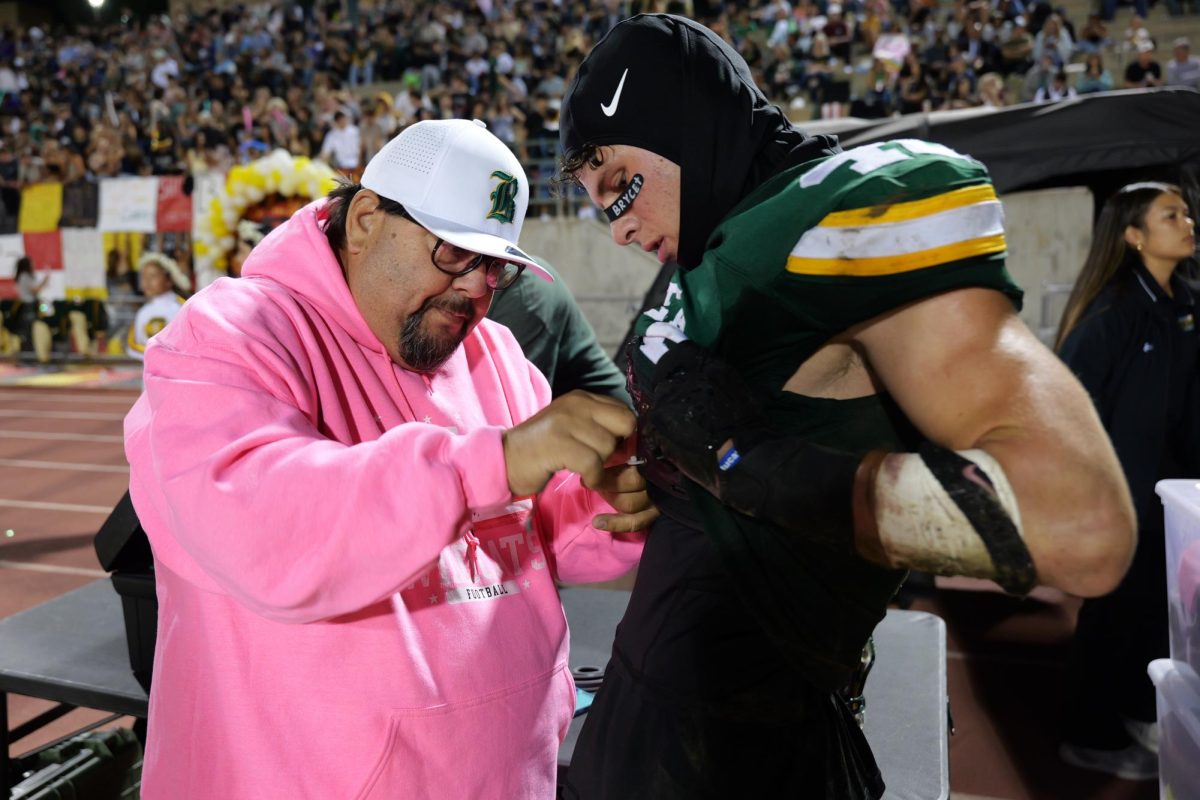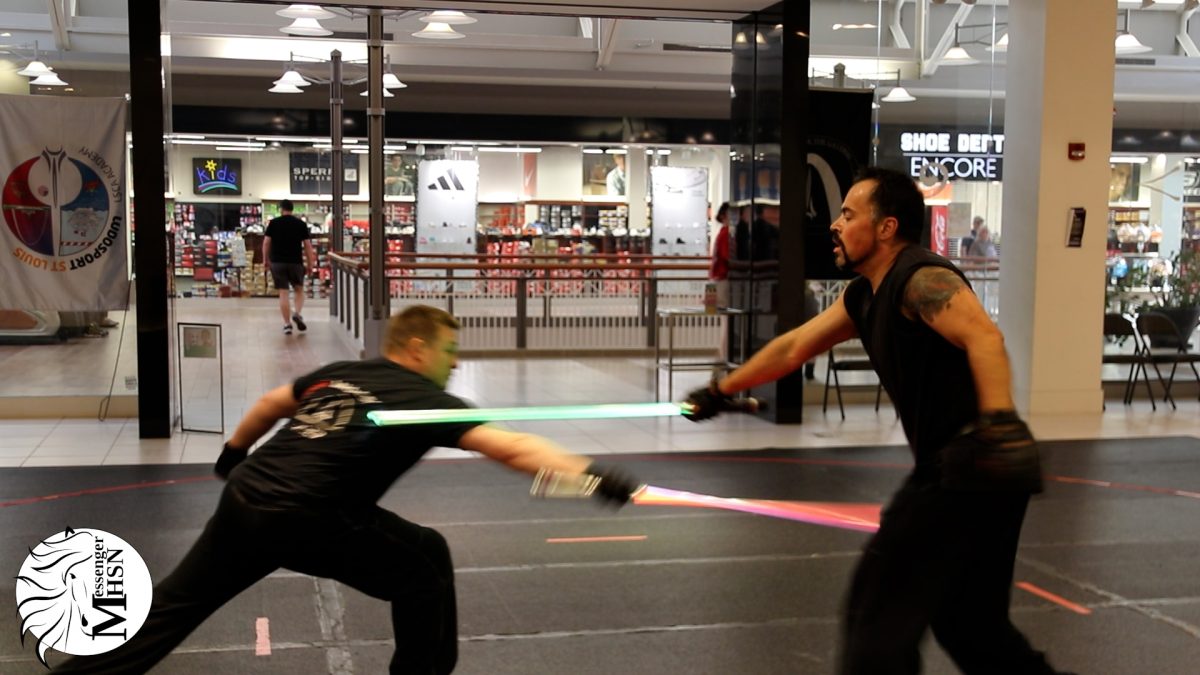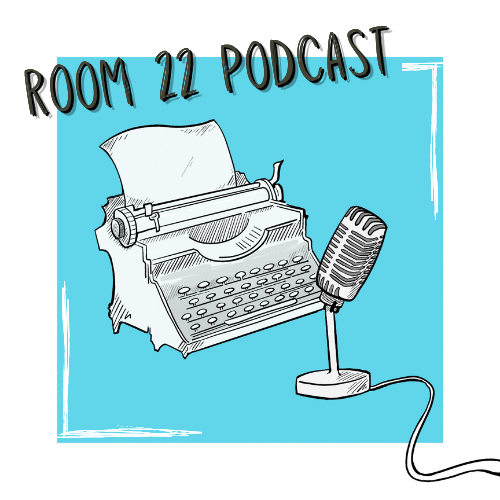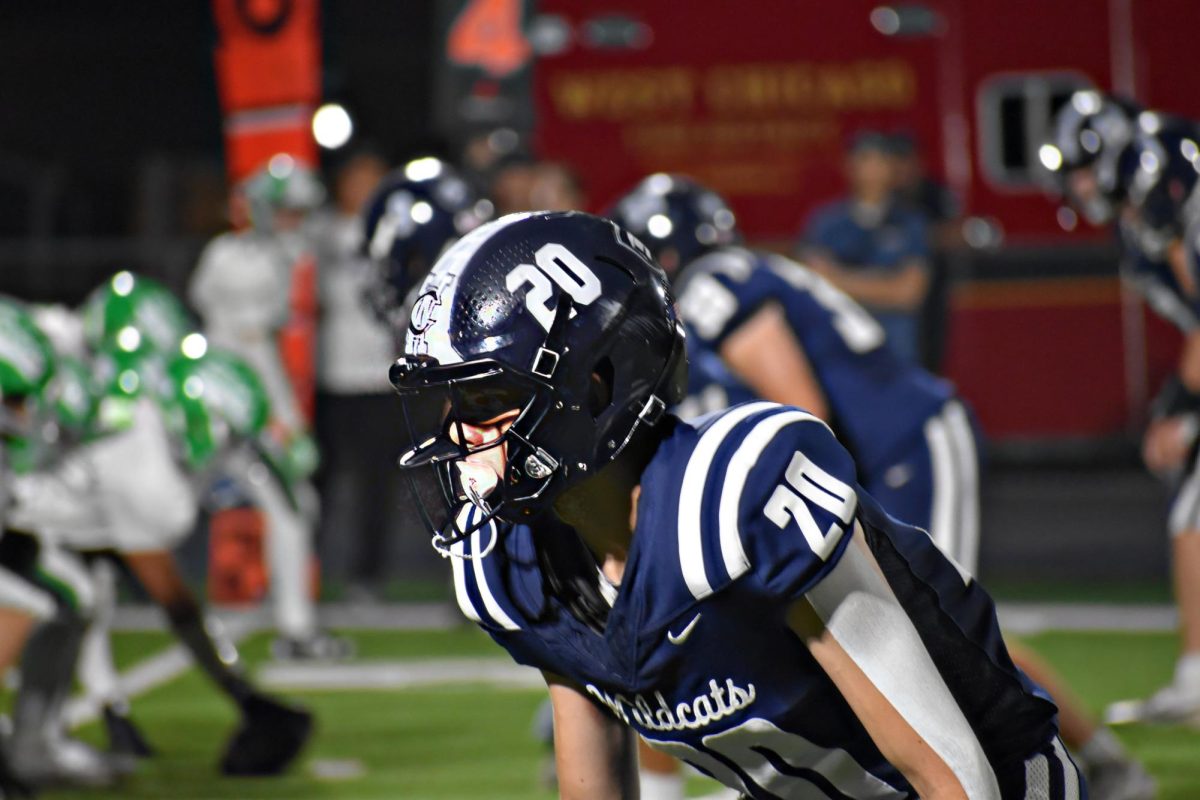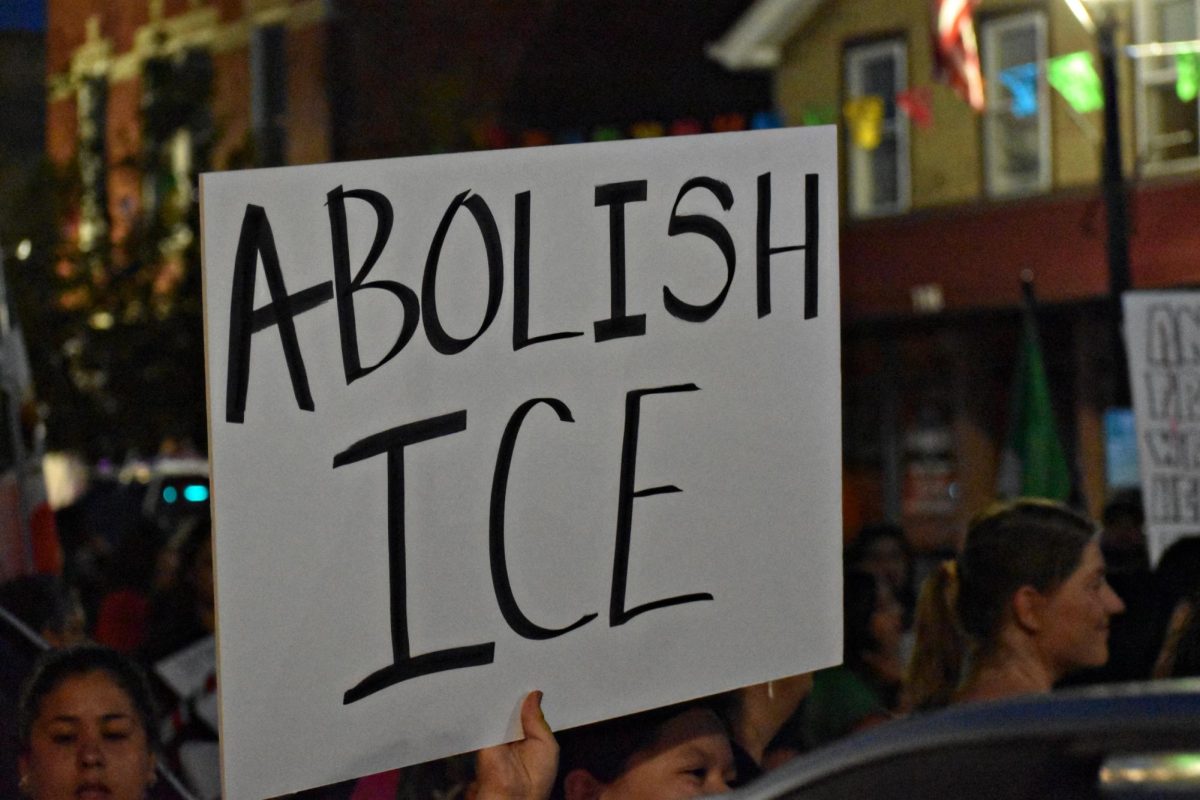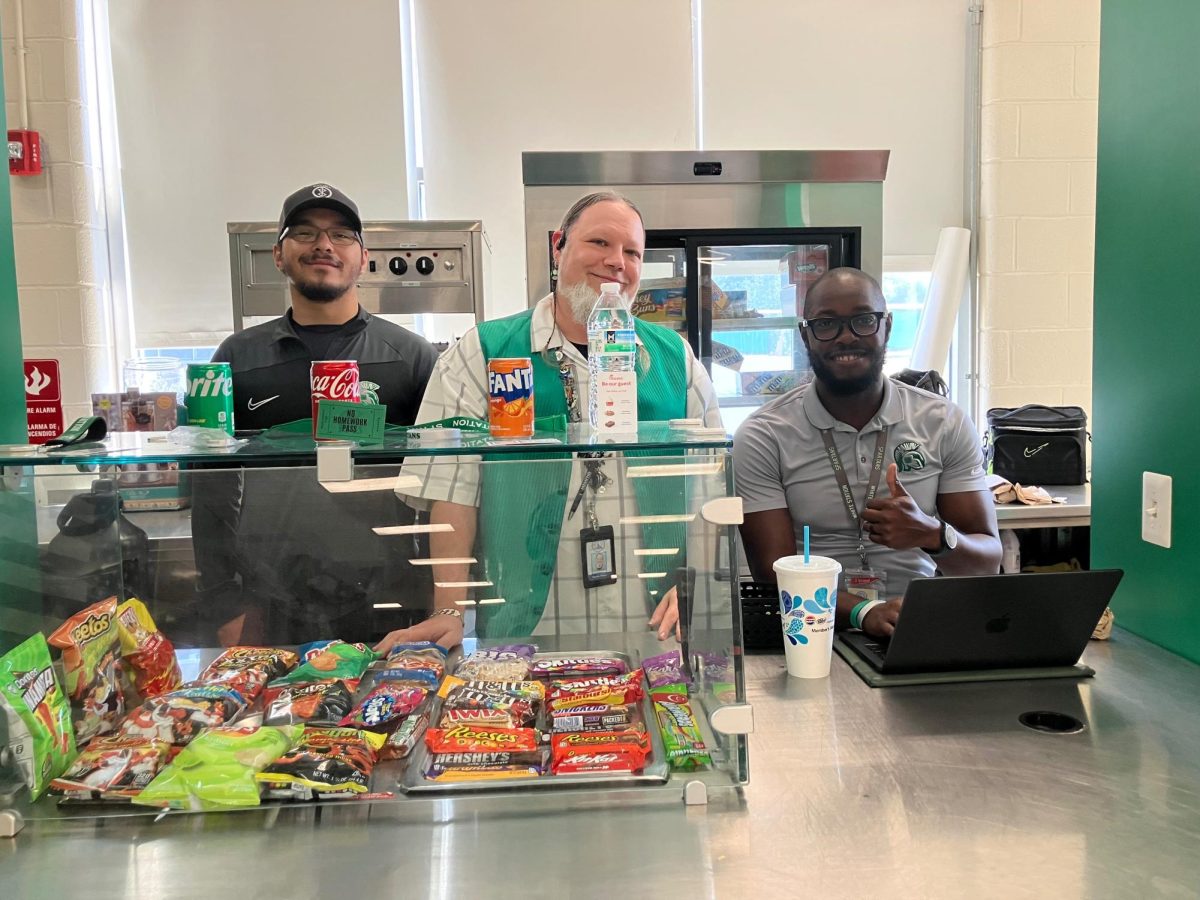Code switching is a psychological phenomenon that is common in many people around the world. While it is a practice that is mostly subconscious, occasionally it is used as a survival method for people part of marginalized groups. This comes with heavy mental strain and it begs institutions to confront what the root of these problems could be.
Code switching is defined to most as the process of shifting linguistically or behaviorally to fit within different social contexts or settings. “We all accommodate how we speak depending on our social circles. I wouldn’t speak to a colleague the same way I’d speak to a friend. Both ways of speaking, however, are very much authentically me and also allow me to construct my professional and personal identities respectively.” says Dr.Carolin Schneider Ward, a senior researcher of English linguistics at the University of Duisburd-Essen.
Schnieder’s focus has been on Spanish-English code switching of people living with dementia. Their conditions are often stigmatized due to age and diagnosis.
While Schnieder’s research hones in on more subconscious forms of code switching, for many, code switching can mean a complete modification of one’s personal presentation to “fit in.” For LGBTQ+ students and people of color in particular, code switching often functions less as a psychological quirk and more as a survival mechanism.
“If someone is constantly in fear of letting facets of an identity surface that could put them in danger, I’d argue that most definitely comes with a psychological cost.” Schneider continues.
To start, the practice of code switching can be conscious.
“Part of me would want to say this can be connected with one’s ‘willingness to conform’ as some people are more likely to act out and be themselves rather than adjust their behavior to meet the expectations of the situation. There is definitely a decent amount of choice for the individual, but it follows a pattern of behavior that they would normally present,” said sociology teacher Trever Zahn.
Code switching is dependent on the person. However, as students at PV say, oftentimes it is a choice made for them.
“My experience personally, with the state of America right now is that you definitely have to mask your identity everywhere. Especially with the fact that we attend school at PV, you really have to understand people’s vibes before sharing anything. With LGBTQ+ people, you never know what teachers or students would be ok with it,” said junior Mike Dawson, a pseudonym used because the student identifies as genderfluid and requested anonymity.
Dawson’s reality is one many Americans share: having to code-switch to preempt criticism, exclusion or abuse. For example, the 2023 CROWN study found that approximately two-thirds of Black women change their hair for job interviews, and they are 54% more likely to believe that they have to wear their hair straight to be viewed as professional.
Similarly, studies on “resume whitening” reveal that applicants who downplay or conceal racial minority identities are more likely to receive callbacks, reinforcing systemic biases.
With the weight of biases or stereotypes held pressed against them, students may feel the need to always read the room. “Whenever I’m with a new group of people, especially people who don’t know I’m trans, I feel like I have to hide it and present overly masculine in order for people to accept me. It’s honestly exhausting to constantly hide my chest and act all nonchalant around other people,” said Drake University student Vee Donart
This repeated practice of self-modification leads to mental strain. “If you are constantly ‘putting on a show’ that isn’t genuine, that would put a great deal of stress on the individual that could make them question their identity in social settings, especially as it relates to the connections they make with people and whether those connections are valid,” said Zahn. According to a study by the Harvard Business Review, the practice of code switching can lead to feelings of inadequacy, imposter syndrome and burnout.

Additionally, these effects can contribute to feelings of isolation throughout one’s life, “I think there’s an inherent ostracization that happens once a person realizes there’s something different about them but they can’t figure out what and I think it starts super young generally,” said Armenian American author Sarah Elgatian. Elgatian, a Quad City native, is a cross genre author and the grandchild of genocide survivers. She uses her mixed-identity as the foundation stone for many of her literary works.
“I’ve gotten to a place in life where I don’t necessarily notice my code switching until I leave a situation. But I know as a kid I used to be really quiet and shy, and I think a part of that was from an understanding that I didn’t really know how to correctly communicate with my peers” Elgatian adds. Her experience is not at all unique.
Students who juggle multiple identities may also feel pulled in conflicting directions, ultimately losing sight of their personal identity and heritage.
When considering how a student must learn to adapt to situations by making minor adjustments, one might argue code switching teaches people important lessons of situations they might encounter in adulthood.
But when the burden falls disproportionately on LGBTQ+ students and students of color, schools must examine what systems are creating these pressures in the first place.
Institutions such as Pleasant Valley high school have the duty to develop awareness and address the biases and hateful rhetoric that fuel the issues.
Every student deserves to feel seen and safe within the high school, and every member of this community should be charged with the duty of maintaining an environment of respect and peace.
This story was originally published on Spartan Shield on October 16, 2025.


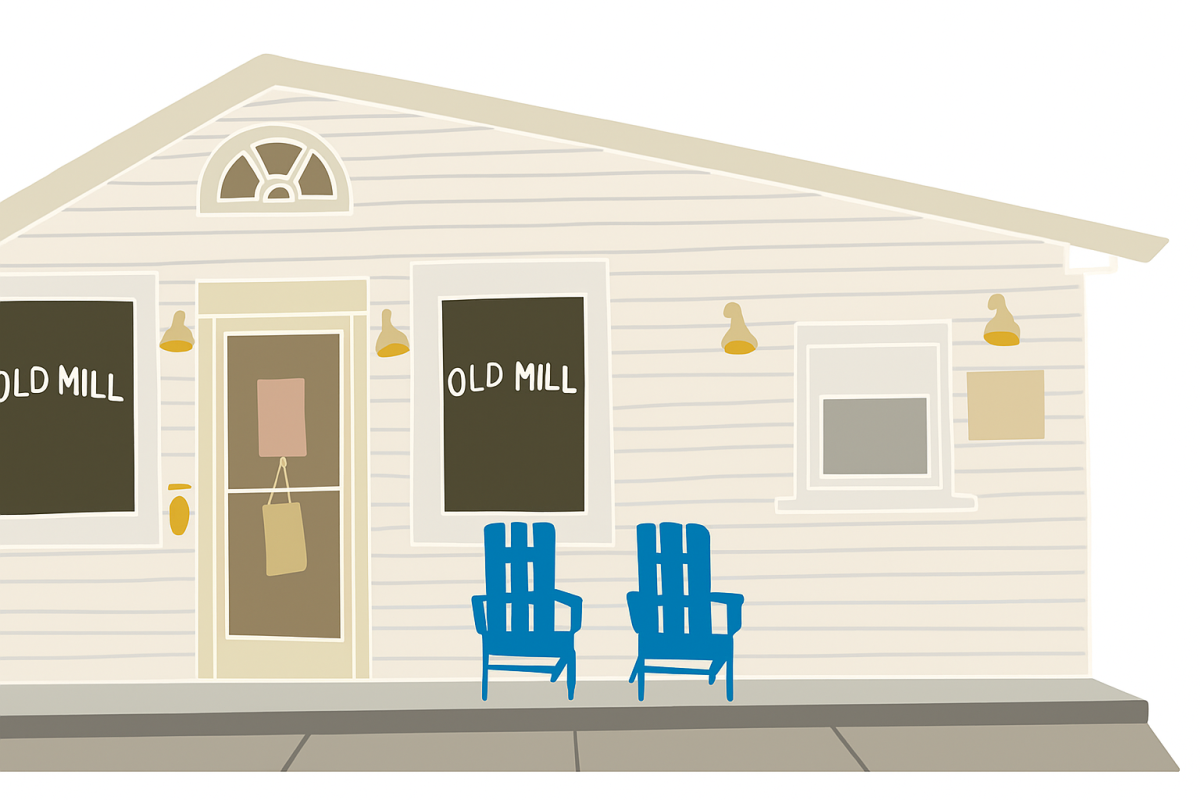
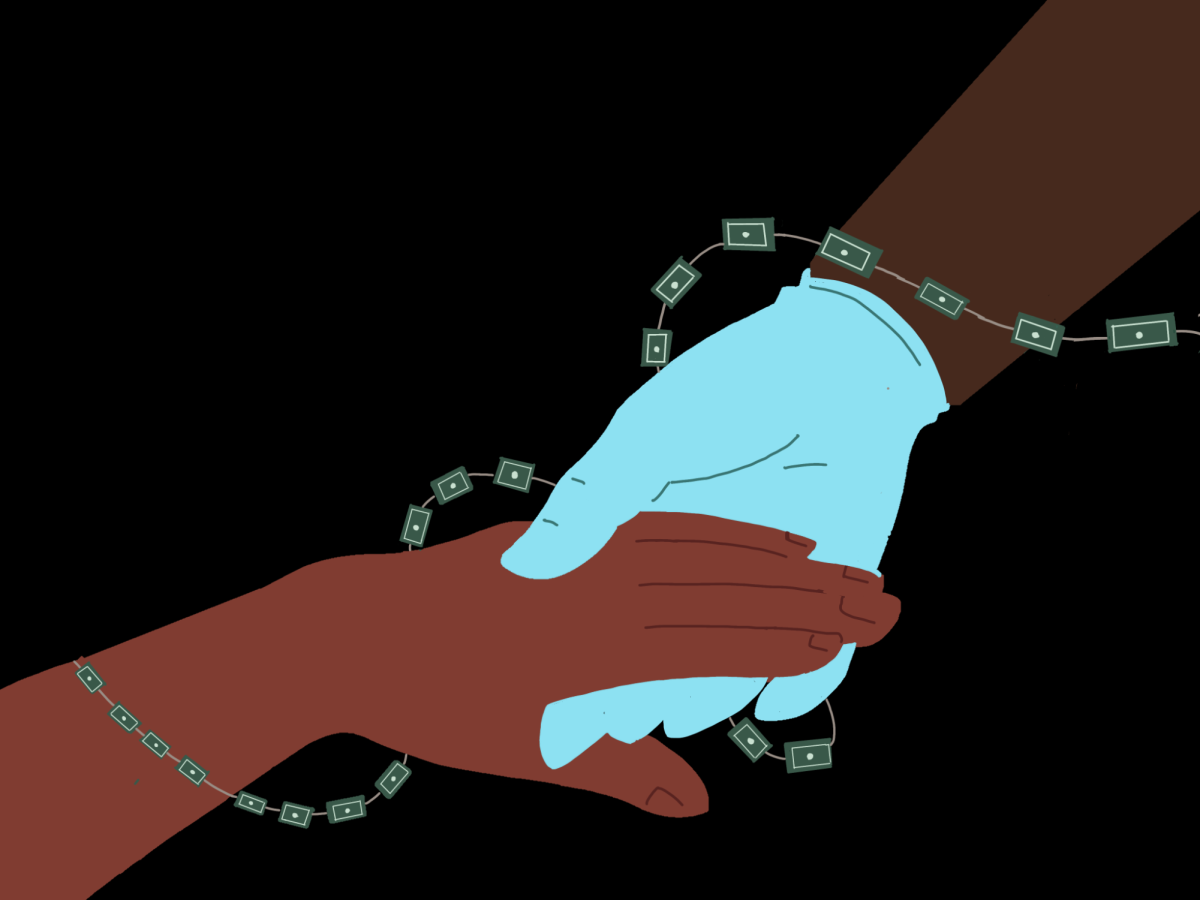
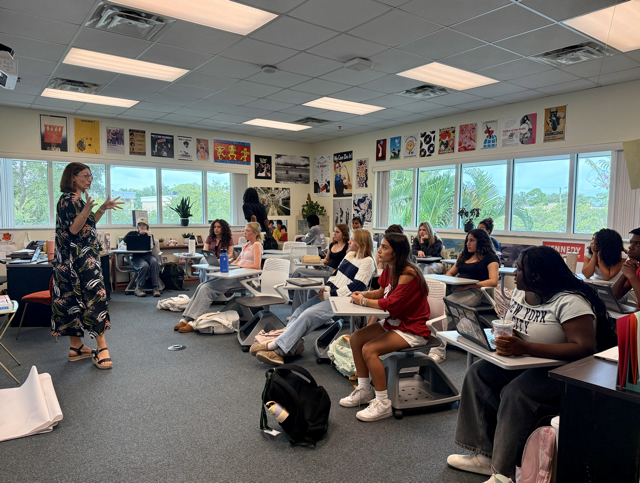
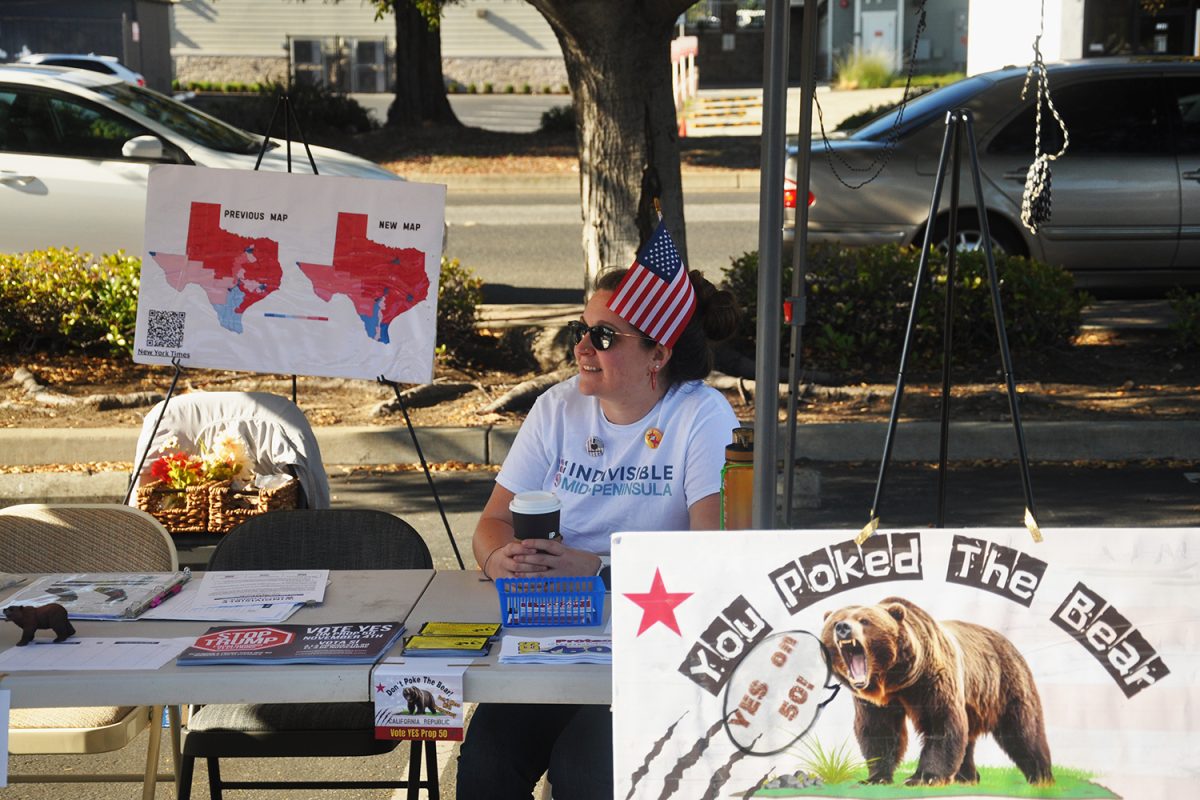



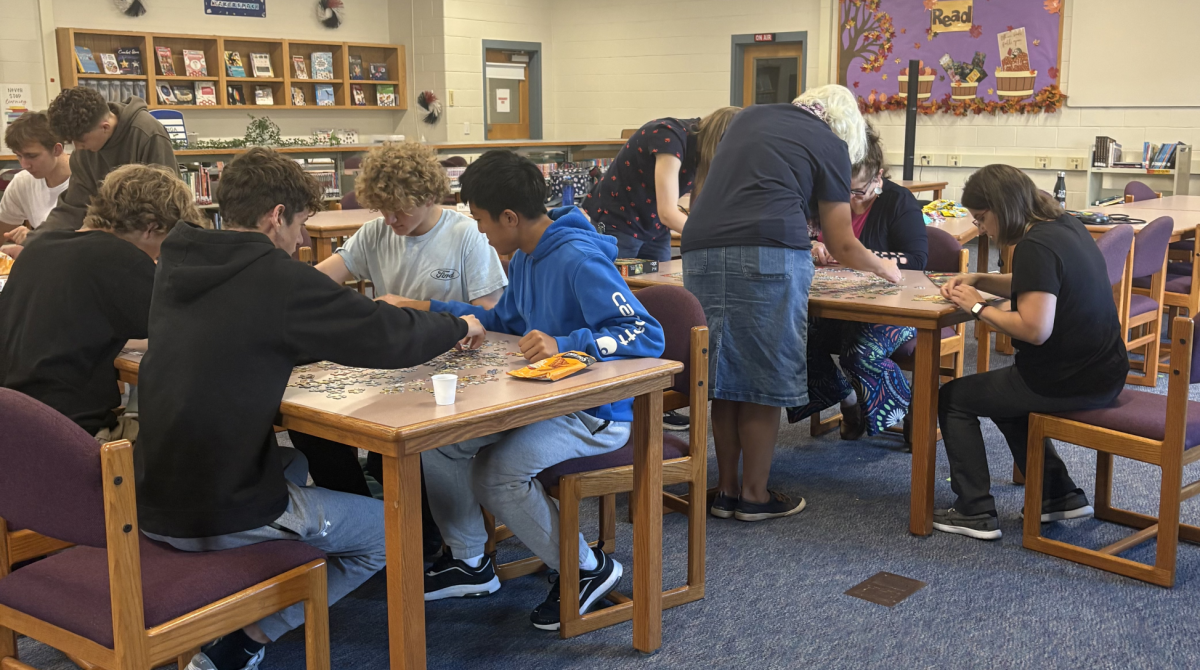
![Senior Dhiya Prasanna examines a bottle of Tylenol. Prasanna has observed data in science labs and in real life. “[I] advise the public not to just look or search for information that supports your argument, but search for information that doesn't support it,” Prasanna said.](https://bestofsno.com/wp-content/uploads/2025/10/DSC_0073-2-1200x800.jpg)

